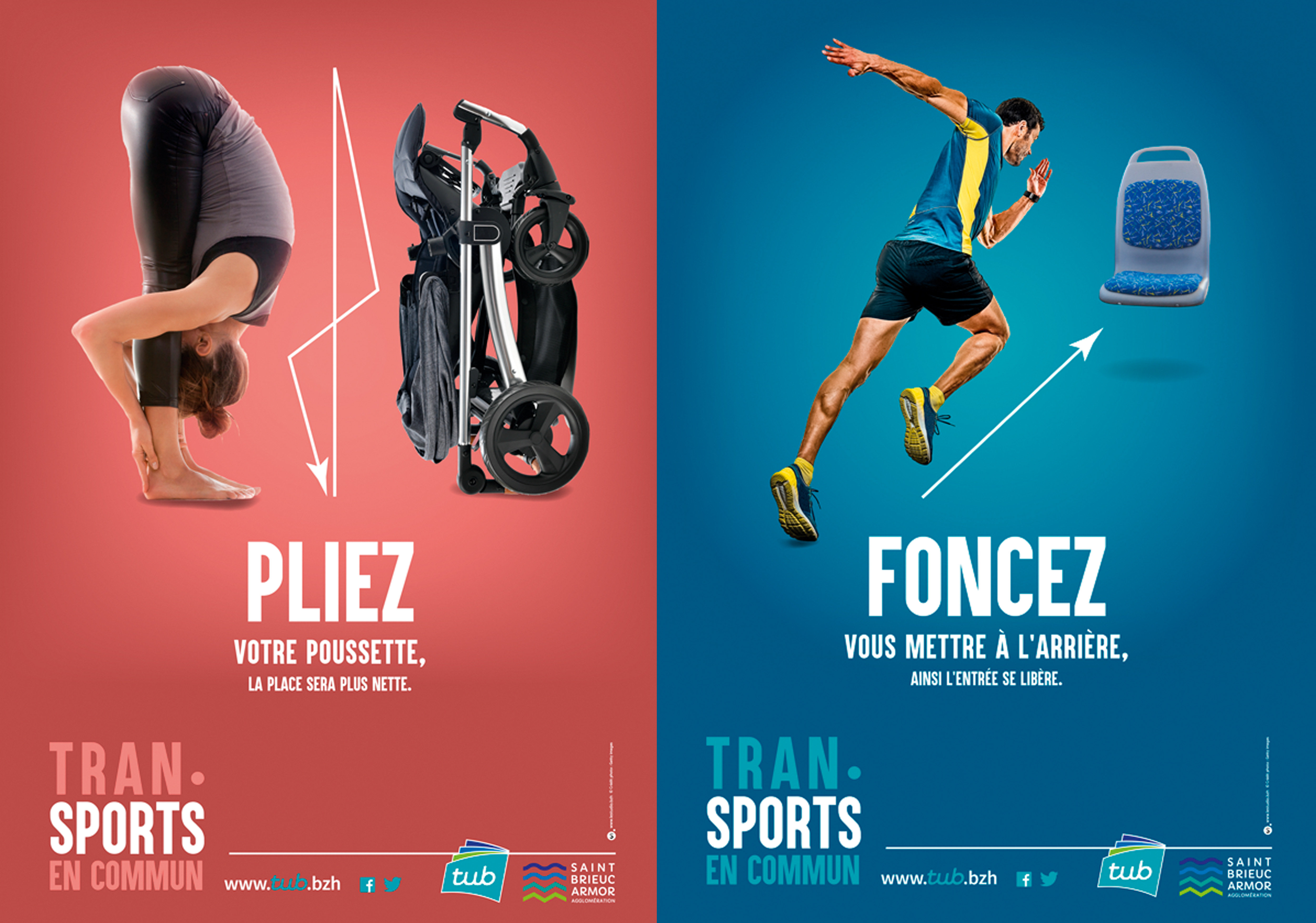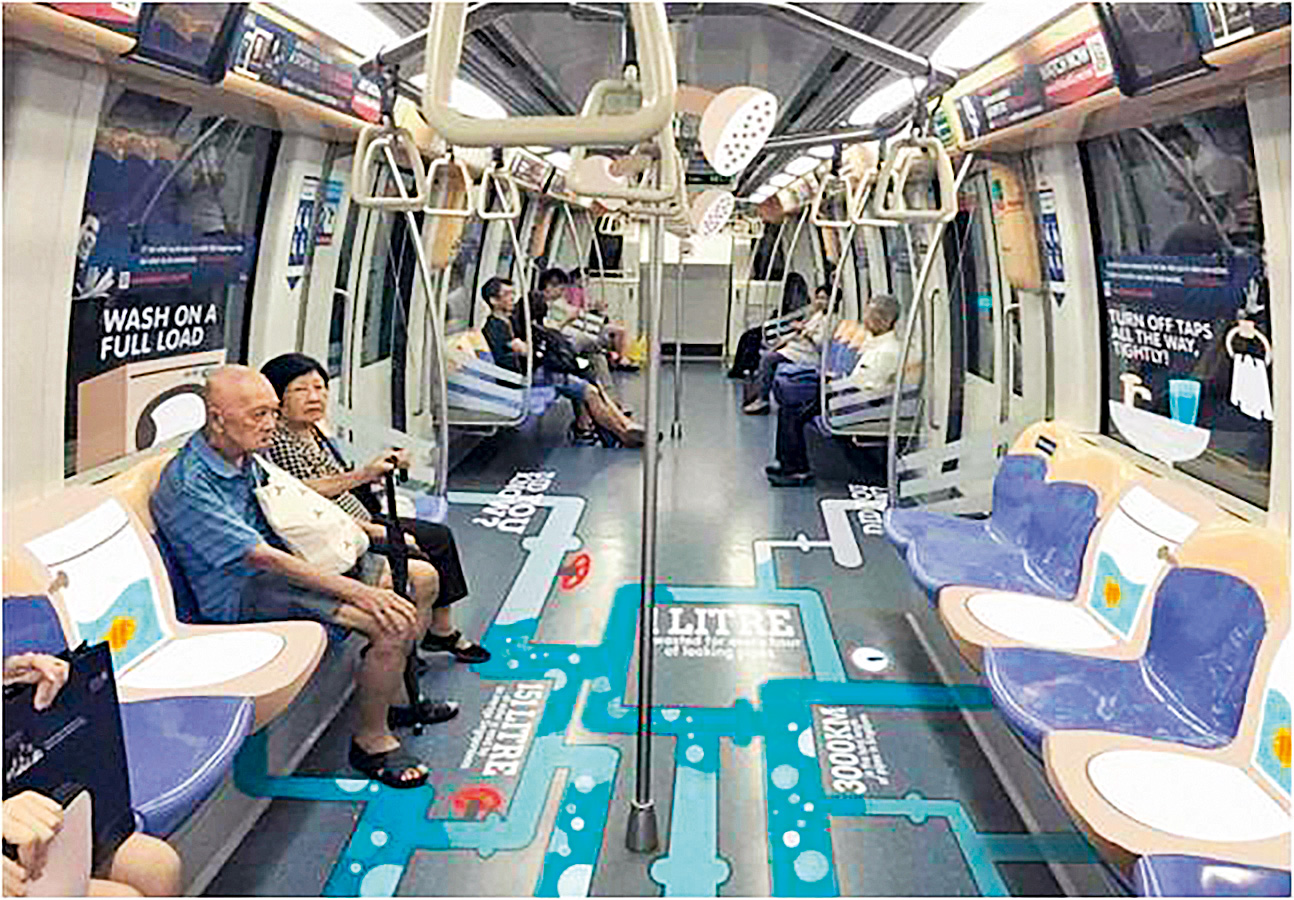“Hell,” as a character in a play by Jean-Paul Sartre famously observes, “is other people.” And wherever lots of people share space, bad behaviour on the part of just a few individuals affects everyone else: littering, loudness, a lack of common courtesy. For operators of public transport like Keolis, tackling this kind of anti-social behaviour is key to protecting staff and passengers, and so to ensuring that services remain reliable and attractive.
Although a vast majority of people are willing to respect the basic rules of shared public space, some remain either unaware of – or unwilling to abide by – the tenets of common courtesy. This sad fact can be no excuse for defeatism, however, as Mikael Mourey, Group Management System and Health & Safety at Keolis explains: “We can’t afford to lose people’s trust. It’s a strategic issue.” Stéphanie Boisnard, responsible for security and revenue protection at Keolis, agrees, identifying three key reasons to curb anti-social behaviour: “Firstly, it’s about people’s mental and physical wellbeing. Secondly, it’s about keeping up service provision. And thirdly, it’s about the attractiveness of public transport.” Essentially, if standards of behaviour decline, this affects both staff and passengers, leading to increased absenteeism and, as services worsen, declining ridership.
Dedicated trainings
Keolis is keenly aware of this risk – and due to the size and breadth of its worldwide operations, is uniquely well-placed to share examples of best practice, as Mikael Mourey explains, and offer staff training accordingly. One such example is to be found in the Netherlands, where safety & security staff and trainees take part in a course in how to tackle anti-social behaviour. Working with experienced drivers and guards, teams learn how best to deal with problem passengers. In addition to quizzes to learn about fines for different forms of anti-social behaviour, the teams also conduct role-plays so that they can practice techniques for de-escalation and enforcement. In Belgium, drivers are also trained in assertiveness and communication with passengers as part of a seven hour federal-level training programme to become a bus driver.
In the Netherlands, Keolis drivers show schoolchildren how to deal with anti-social behaviour on public transport.

Prevention campaigns
But it’s not just about training staff: Keolis Netherlands drivers volunteer in secondary schools to make young passengers aware of how social pressure is exerted in a group and how this can influence behaviour in a negative way. Many transport authorities run awareness campaigns to remind and educate all passengers about the importance of showing politeness and consideration. In the Brieuc-Armor region of Brittany, France, for instance, Transports urbains briochins (TUB) is running a poster campaign with six basic reminders: move down the vehicle to avoid overcrowding; lower the volume of your music (and voice); fold your pushchair; dispose of your rubbish in the bins; validate your travel card every time you get on; greet drivers politely as you pass. Transport for London (TfL) has gone for a simpler, more visual approach, with reminders to “Be kind” on multi-coloured hearts or to “Be patient” in a stylised hour glass.
Awareness campaign in Saint-Brieuc-Armor (Brittany).

Encourage good behaviour
In Singapore, meanwhile, a place famed for strong social conventions and public civility, the Land Transport Authority (LTA) has been experimenting with design elements to encourage the right kind of behaviour: on the metro, colourful footprints lead away from doors down the car, while fun themed carriages discourage vandalism thanks to interesting decorative elements. Just like TfL, LTA has also introduced set spots for buskers, retaining the urban vibrancy of its public transport spaces while adding to the feeling of security essential for passengers to enjoy their ride. Give them a guitar and, sometimes, just a few individuals can have a positive effect on everyone else, too.
Nudge messaging on the Singapore metro encourages passengers to spread out throughout the carriage.

